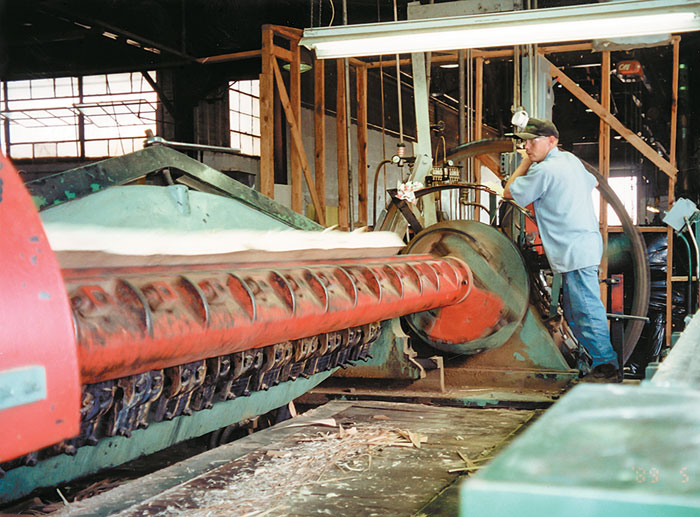Huber Engineered Woods LLC (HEW), a subsidiary of J.M. Huber Corp., has announced that it will build a new oriented strandboard (OSB) facility in…
APA Outlook: Industry Expects Increasing Demand For Engineered Wood Products
APA – The Engineered Wood Association has released its 2015 Market Outlook report.
Similar to 2014, extremely harsh weather caused home building to stall in the eastern half of the U.S. during the first quarter of 2015. However, with mortgage rates below 4 percent, new home sales rose 9 percent versus the fourth quarter of 2014, an indication that new home demand is improving. Brighter employment prospects for young adults is leading them to head out on their own, adding to the strength in the demand for new apartment buildings. These forces point to the recovery in residential construction getting back on track in the second half of this year.
“The biggest changes in the economic environment since a year ago are the strength of the U.S. dollar, the drop in oil and gasoline prices, and efforts by central bankers to stimulate their economies by driving down long-term interest rates,” said Joe Elling, market research director for APA. “This mix of events is likely to support lower interest rates in the U.S. than what was expected a year ago at this time. We are still in an unprecedented situation with respect to Federal Reserve policy though, and I remain concerned about the ability of the Fed to return its balance sheet to a more normal state without a major disruption in financial markets here and abroad.”
Critical to the strength in the demand for new housing is the ability of young adults to have the economic wherewithal to be on their own and, ultimately, to be able to own a home. Despite very favorable affordability conditions from a monthly standpoint, tight lending standards and heavy student debt burdens are constricting that group’s home-buying power. These conditions are expected to persist through the rest of the decade; thus, as housing starts return to their anticipated 1.5 million level by 2018-2019, multifamily starts are expected to account for roughly 36 percent of the total.
Housing starts in Canada totaled just over 198,000 units in 2014. Canada did not experience a housing bubble like the U.S did, but, similar to the States, multifamily unit structures are accounting for a greater share of new residential construction compared to 10 years ago. The forecast calls for starts in Canada to run in the 180,000-190,000 unit range, with multifamily units accounting for around 40 percent of the starts.
From APA – The Engineered Wood Association: https://www.apawood.org/market-outlook-2015

